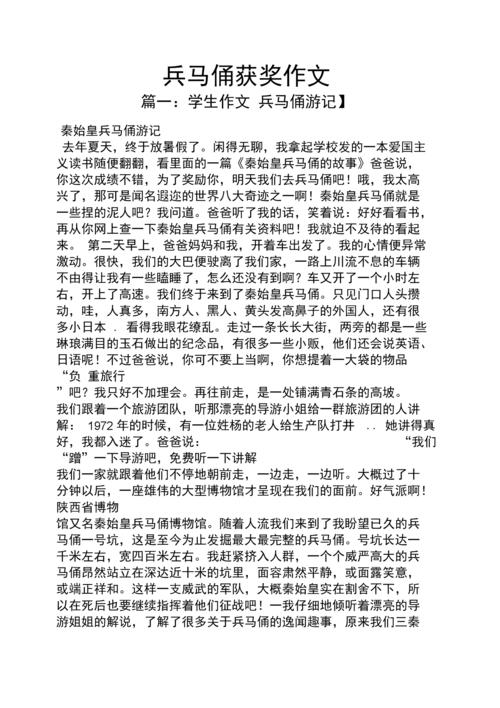
The Terracotta Army: Guardians of an Emperor's Afterlife
An Army of Clay
The Terracotta Army is an awe-inspiring collection of approximately 9,000 life-sized terracotta figures buried alongside Qin Shi Huang, the first emperor of China. This vast army, meticulously crafted from baked clay, also includes over 130 chariots, 520 horses, and 150 cavalry horses, all designed to accompany the emperor into the afterlife. Discovered in 1974 by farmers digging a well near Xi'an, the Terracotta Army has captivated the world and provided an unparalleled glimpse into ancient Chinese civilization.
Lifelike Detail and Individuality
Each terracotta warrior is remarkably lifelike and unique, displaying incredible attention to detail. Standing at an average height of 5'11", the warriors exhibit a wide range of facial expressions, hairstyles, and armor configurations, reflecting the diverse ethnicities present within the Qin army. The figures' clothing and armor are meticulously rendered, with intricate patterns and textures visible even after centuries buried underground. These details, combined with their life-sized scale, create an uncanny sense of realism and presence within the burial pits.
Military Organization and Purpose
The Terracotta Army is arranged in battle formations, mirroring the military structure of the Qin dynasty. The vanguard, comprised of archers and infantry, stands poised for action, while chariots and cavalry occupy strategic positions within the formation. This meticulous organization, coupled with the variety of weapons represented, suggests that the army was not merely symbolic but intended to serve as a formidable force in the afterlife, protecting the emperor from any potential threats.
Legacy of the First Emperor
The construction of the Terracotta Army was a massive undertaking, requiring the labor of an estimated 700,000 workers over several decades. This colossal project reflects the immense power and ambition of Qin Shi Huang, who unified China under his rule and implemented sweeping political and economic reforms. The Terracotta Army, a testament to his legacy, continues to inspire wonder and awe, serving as a powerful reminder of the grandeur and sophistication of ancient Chinese civilization.
FAQs
1. Where is the Terracotta Army located?
The Terracotta Army is located near the city of Xi'an, in Shaanxi province, China. It is part of a larger burial complex known as the Mausoleum of the First Qin Emperor.
2. Why were the Terracotta Warriors created?
The Terracotta Army was created to protect and serve Emperor Qin Shi Huang in the afterlife, according to the beliefs of the time. The army's detailed realism and military organization reflect the importance placed on ensuring the emperor's well-being even after death.
3. Are the Terracotta Warriors all the same?
No, the Terracotta Warriors are not all the same. Each figure exhibits unique facial features, hairstyles, and armor configurations, demonstrating the incredible skill and attention to detail of their creators. This individuality further enhances the realism of the army and highlights the diversity within the Qin dynasty's military forces.